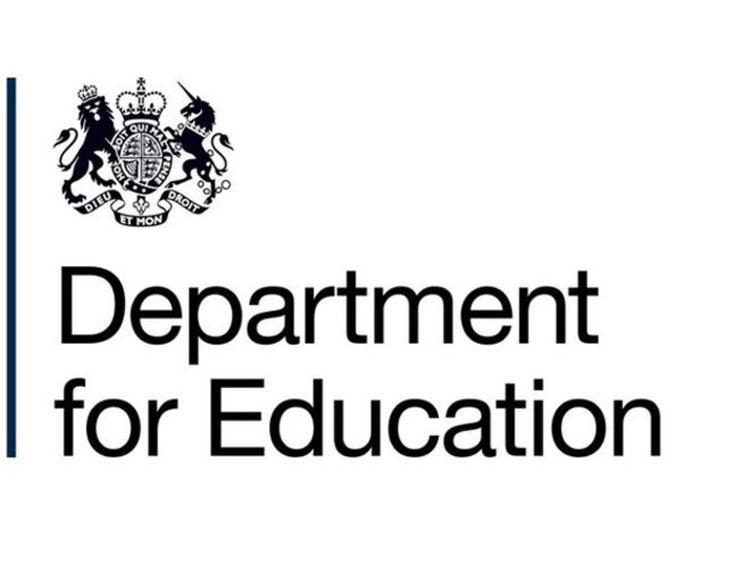Gender pay gap: employers’ action and understanding

The research, published today (10 Nov) by DfE, looks at how employers understand the gender pay gap and what actions they are taking to close it.
The government’s gender pay gap (GPG) transparency regulations began in April 2017. The GPG measures the differences in hourly earnings and employment by gender.
This research provides evidence on large employers’ understanding of the GPG, the action they are taking to close it, and their response to the new transparency regulations.
Ensuring that women have the same opportunities as men to fulfil their potential in the workplace is a key part of building a country that works for everyone. That is why the department has introduced a range of initiatives to support women in the workplace. These include support for women returning to work through shared parental leave and helping women progress in their careers through talent management schemes such as Positive Action Pathway.
 Minister of State for Apprenticeships, Skills and Women Anne Milton said:
Minister of State for Apprenticeships, Skills and Women Anne Milton said:
Despite the Equal Pay Act being passed nearly 50 years ago, too many women are still held back in their careers. During that time the gender pay gap has reduced, but it has not reduced enough.
The pay gap won’t close on its own – we all need to take action to make sure we address this. That is why we have introduced a legal requirement for all large employers to publish their gender pay and bonus data by April 2018. I’m pleased that some of our top companies are leading the way and have already reported. By shining a light on where there are gaps, they can take action to address it. There are no excuses, employers now need to get on with the job of publishing their pay gap and pledge to improve workplace equality.













Responses